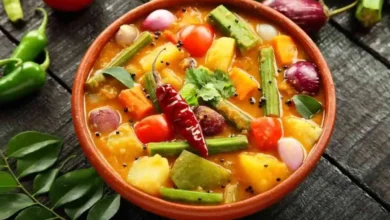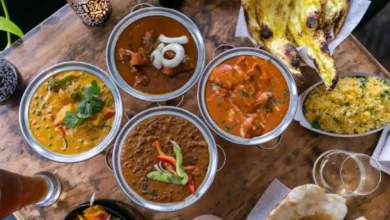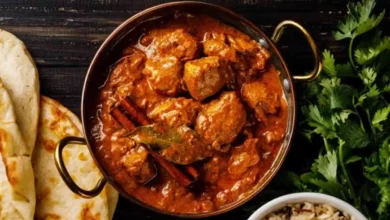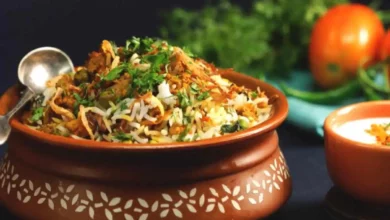East Indian Cuisine: A Flavorful Journey Through Amazing History
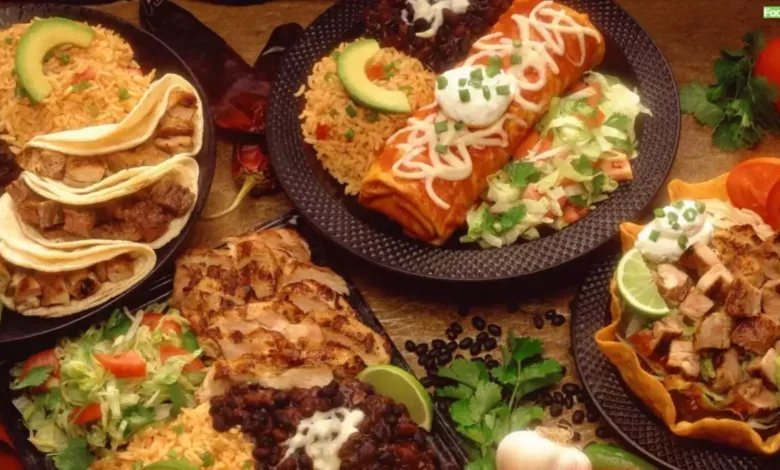
Introduction
East Indian cuisine is an extraordinary tapestry of flavors, colors, and aromas that has evolved over centuries. This culinary tradition, born from the heart of the Indian subcontinent, is a testament to the rich history, diverse culture, and remarkable diversity that defines East India. In this comprehensive exploration, we will embark on a flavorful journey through time, delving deep into the unique characteristics, geographical influences, and the global impact of East Indian cuisine.
Table of Contents
The Rich History of East Indian Cuisine
Journey Through Time
The history of East Indian cuisine is a fascinating tale of tradition, adaptation, and innovation. It spans thousands of years, with influences from dynasties, empires, and migrations that have left indelible marks on the region’s culinary landscape. From the grand feasts of the Mughal rulers to the humble yet tantalizing street food, East Indian cuisine has absorbed and evolved with time.
One of the remarkable aspects of this cuisine is its resilience. It has adapted to changing circumstances, absorbing foreign influences while retaining its core identity. The result is a culinary tradition that’s deeply rooted in history yet remains dynamic and ever-evolving.
The Influence of Geography on East Indian Cuisine
Geography plays a pivotal role in shaping East Indian cuisine. The subcontinent’s varied landscape, with its proximity to the Bay of Bengal and the Indian Ocean, results in a wealth of seafood in coastal regions. The fertile Ganges plains yield an array of vegetables and grains, while the arid regions of Rajasthan bring their unique culinary traditions to the mix. This geographical diversity is what gives East Indian cuisine its distinct regional variations.
For instance, coastal regions like Bengal boast an abundance of fish and seafood, which are integral to their cuisine. In contrast, the Punjab region’s fertile soil is perfect for growing wheat and rice, leading to a dominance of bread and rice-based dishes. The geographical diversity ensures that East Indian cuisine has something to offer for everyone, regardless of their taste preferences.
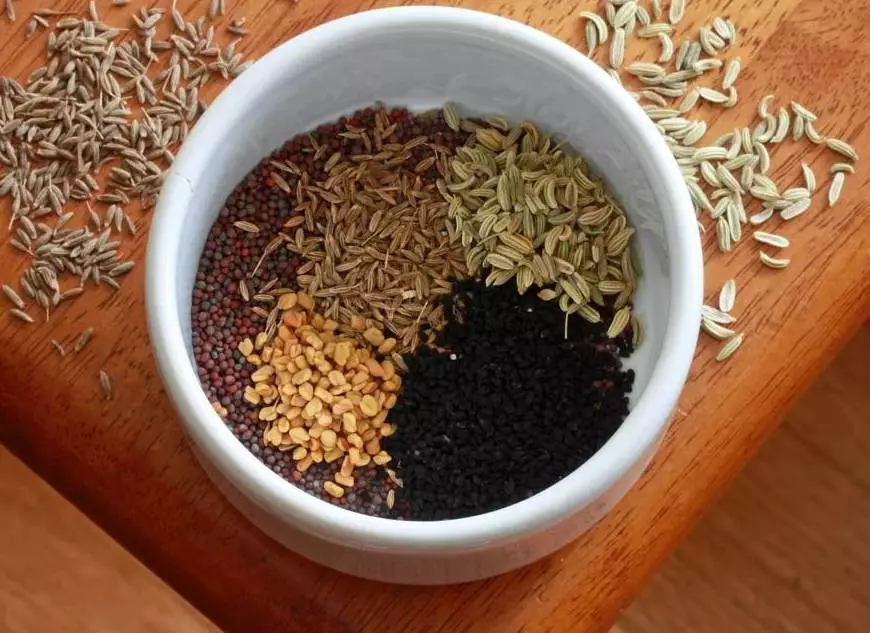
Traditional East Indian Ingredients
Spices That Define the Flavor
At the heart of East Indian cuisine lies its aromatic and flavorful spices. These spices are carefully selected and blended to create a perfect balance of flavors. They not only define the taste but also contribute to the vibrant colors of the dishes. Turmeric, with its bright yellow hue, is renowned for its earthy flavor and anti-inflammatory properties. Coriander adds a citrusy note, while cardamom infuses a touch of warmth and sweetness.
Spices like cumin, fennel, mustard seeds, and red chilies are also frequently used, each contributing its unique aroma and flavor. The art of using spices in East Indian cuisine lies in the precise balance – creating dishes that are not just spicy but are an intricate interplay of various flavors.
Key Dishes and Cooking Methods
Tandoori Delights
One of the most iconic cooking methods in East Indian cuisine is tandoor cooking. The tandoor, a cylindrical clay oven, imparts a distinct smoky and charred flavor to dishes. Tandoori cooking is famous for its juicy, tender meats and delectable bread like naan. Tandoori chicken, with its aromatic blend of spices and yogurt marinade, is a celebrated dish that showcases the brilliance of this cooking method.
Curry Creations
Curries are the heart and soul of East Indian cuisine. They come in a dazzling array of flavors and forms. From the fiery vindaloo of Goa to the creamy indulgence of butter chicken, curries cater to every palate. The base of most curries is a combination of onions, tomatoes, and a blend of spices. This forms a rich and flavorful sauce that can be customized with various meats, vegetables, or legumes.
Curries are often served with fragrant basmati rice or warm, fluffy roti. These dishes are not only delicious but also hearty and satisfying. The art of cooking a perfect curry lies in the balance of flavors, with each region offering its unique interpretation of this classic dish.
East Indian Cuisine Across the Globe
The flavors of East Indian cuisine have transcended borders and today, they are enjoyed worldwide. Indian restaurants can be found in almost every corner of the globe, showcasing the culinary expertise of the East. These restaurants cater to both locals and the Indian diaspora, bringing a slice of India to diverse communities.
The global popularity of East Indian cuisine can be attributed to its rich flavors, versatility, and a growing appreciation for diverse cuisines. Many people are drawn to the aromatic spices, the plethora of vegetarian options, and the unique combination of flavors that East Indian cuisine offers.
The Health Benefits of East Indian Cuisine
Spices with Healing Properties
Beyond their delightful taste, many of the spices used in East Indian cuisine have medicinal properties. Turmeric, for instance, is renowned for its anti-inflammatory and antioxidant effects. It contains curcumin, a compound that has been studied for its potential to reduce the risk of chronic diseases. Ginger, commonly used in East Indian cooking, is known for aiding digestion and reducing nausea. It’s a staple in many households as a remedy for digestive issues.
Cinnamon, another spice used in East Indian cuisine, may help regulate blood sugar levels and reduce the risk of heart disease. The combination of these spices not only makes the food delicious but also contributes to the overall health and well-being of those who consume it.
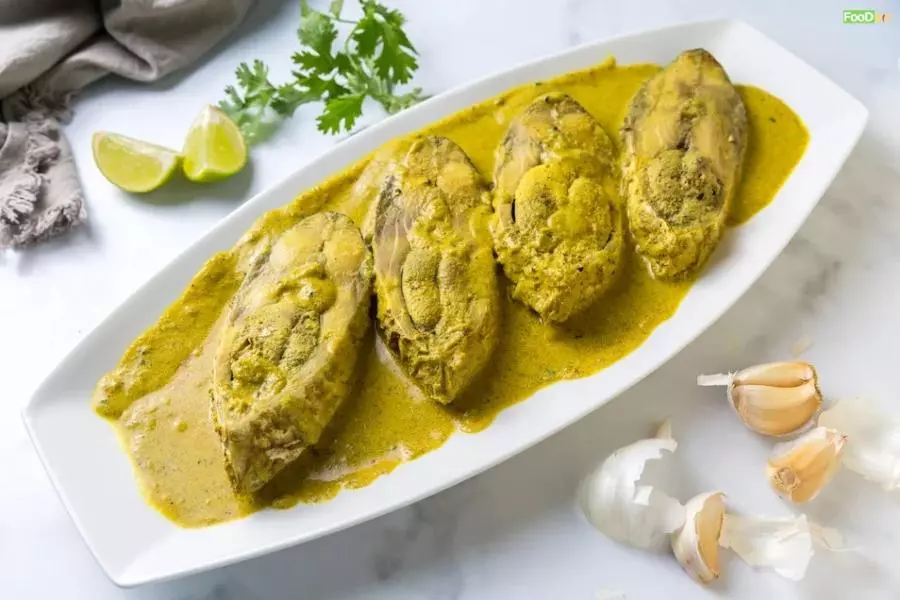
A Glimpse into East Indian Festivals and Food
Holi: The Festival of Colors
East Indian cuisine is closely intertwined with the region’s vibrant festivals. Holi, known as the Festival of Colors, is celebrated with a wide variety of sweet and savory dishes. It’s a time when the streets and homes come alive with an array of delectable treats.
Gujiya, a sweet dumpling filled with nuts and khoya, is a highlight of Holi. Thandai, a spiced milk drink, is prepared with a mix of aromatic spices and nuts, making it a favorite during the festivities. These dishes reflect the joy and vibrancy of Holi and exemplify how East Indian cuisine is deeply rooted in the culture and celebrations of the region.
The Fusion of East Indian Flavors in Modern Cuisine
The influence of East Indian cuisine has extended beyond traditional dishes. Fusion cuisine has emerged, combining East Indian flavors with international ingredients and cooking techniques. This creative approach has given birth to dishes like Indian-inspired pizzas, tacos, and sushi, broadening the appeal of East Indian flavors.
The fusion of East Indian flavors with other international cuisines is a testament to the adaptability of this culinary tradition. It shows how the bold and intricate flavors of East Indian cuisine can complement a wide range of culinary styles.
The Role of East Indian Cuisine in Pop Culture
East Indian cuisine has made its mark in popular culture. It frequently finds its way into movies, books, and TV shows, tantalizing both the taste buds and the imagination. The flavors of East India are celebrated not only on the plate but also on screen.
One example of East Indian cuisine’s cultural impact is its depiction in movies like “The Hundred-Foot Journey,” which explores the fusion of Indian and French cuisines. Additionally, cookbooks and television series hosted by celebrity chefs have brought the beauty of East Indian cuisine to a global audience. The enduring appeal of East Indian cuisine in popular culture reflects its ability to evoke passion and captivate the senses.
The Top East Indian Restaurants Worldwide
For those looking to savor authentic East Indian cuisine, there are outstanding restaurants around the world. From the bustling streets of Mumbai to the heart of New York City, we’ve curated a list of the top East Indian restaurants that offer a gastronomic experience like no other.
In London, Dishoom, known for its delectable kebabs and flavorful curries, has garnered a massive following. In Mumbai, the iconic Leopold Café offers a diverse menu, showcasing both traditional and contemporary East Indian dishes. New York City boasts several gems, including the renowned Junoon, which holds a Michelin star and offers a sophisticated take on East Indian cuisine.
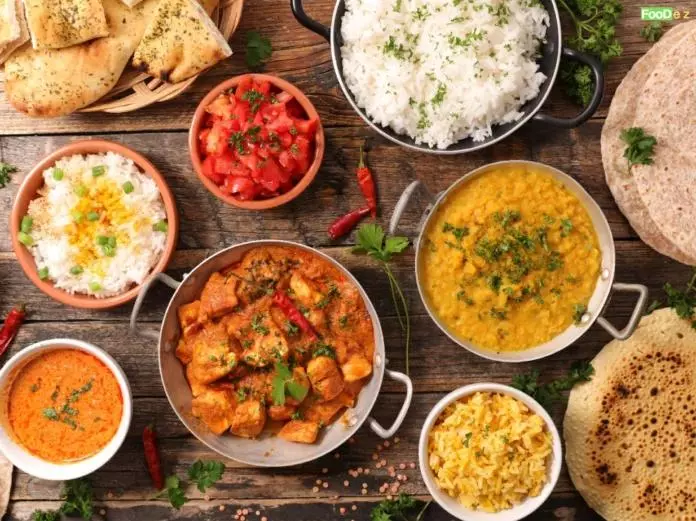
East Indian Cuisine at Home
Cooking East Indian Dishes at Home
If you’re keen on creating the magic of East Indian cuisine in your own kitchen, we’ve got you covered. We’ll provide you with a selection of recipes and tips for cooking your favorite East Indian meals at home. Whether it’s the buttery chicken tikka masala or a spicy vegetable curry, you can bring the flavors of East India to your dining table.
One key to mastering East Indian cuisine at home is understanding the balance of spices. The classic blend of cumin, coriander, and turmeric forms the base for many dishes, and the proportions are essential to creating the desired flavors. It’s also important to pay attention to cooking times and methods to achieve the right textures and consistencies.
Catering to Special Dietary Needs
Vegan and Vegetarian Options
East Indian cuisine is incredibly versatile, making it easy to accommodate various dietary preferences. Whether you’re a vegan, vegetarian, or simply looking to reduce your meat intake, there are plenty of delicious and satisfying options for you to enjoy.
One of the best-known vegan dishes in East Indian cuisine is Chana Masala, a hearty chickpea curry cooked with a flavorful blend of spices and tomatoes. It’s a protein-rich and savory dish that’s beloved by vegans and vegetarians alike. Additionally, many vegetable-based dishes, like Baingan Bharta (roasted eggplant) and Aloo Gobi (potatoes and cauliflower), are popular choices for those looking for a meatless meal.
Exploring the Sweet Side of East Indian Cuisine
East Indian desserts are a delightful conclusion to any meal. These sweets are characterized by their use of aromatic spices, dairy products, and a generous dose of sugar. From the sweet syrupy delights of gulab jamun to the creamy textures of rasgulla, we’ll introduce you to the world of East Indian sweets.
Gulab Jamun, often referred to as “Indian donuts,” are deep-fried balls of dough soaked in a fragrant sugar syrup. They are flavored with cardamom and rose water, making them an indulgent and aromatic treat. Rasgulla, on the other hand, is a spongy cheese-based dessert served in a light sugar syrup. Its subtle sweetness and soft texture make it a refreshing and satisfying way to end a meal.
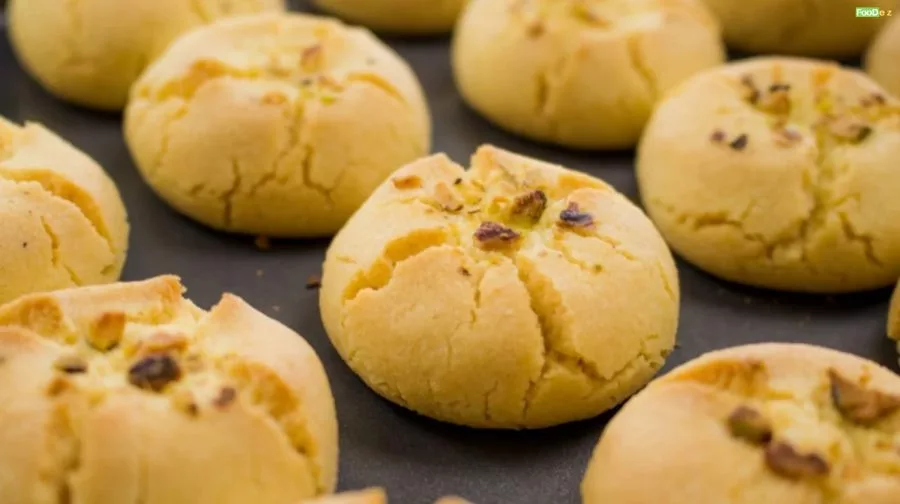
Conclusion
In conclusion, East Indian cuisine is a mesmerizing journey that offers a rich tapestry of flavors and aromas. From its historical roots to its global influence, health benefits, and the celebration of cultural festivals, it’s a culinary tradition worth exploring. Whether you’re a seasoned connoisseur or a newcomer to this delightful cuisine, the flavors of East India are bound to leave a lasting and flavorful impression that transcends borders and captivates the senses.
FAQs:
Q1. What makes East Indian cuisine unique compared to other regional cuisines in India?
East Indian cuisine stands out for its diverse use of spices, unique cooking methods like tandoor, and a rich history of adaptation and innovation. It offers a wide range of flavors and dishes, reflecting the diverse culture and geography of the region.
Q2. Are there any signature dishes that one must try when exploring East Indian cuisine?
Absolutely, East Indian cuisine boasts iconic dishes such as tandoori chicken, butter chicken, biryani, and a plethora of vegetarian curries. Each region also has its specialty dishes, making it a culinary adventure for food enthusiasts.
Q3. How can I incorporate East Indian flavors into my home cooking?
You can incorporate East Indian flavors into your home cooking by using a blend of spices like cumin, coriander, and turmeric. Experiment with traditional recipes and cooking methods like tandoor or slow-cooked curries to infuse your dishes with East Indian charm.
Q4. What are the health benefits associated with the spices commonly used in East Indian cuisine?
Spices like turmeric, ginger, and cinnamon offer various health benefits, including anti-inflammatory properties, aiding digestion, and regulating blood sugar levels. They are a natural and flavorful way to promote well-being.
Q5. Can you recommend any East Indian restaurants in the United States for a memorable dining experience?
In the United States, you can enjoy a memorable East Indian dining experience at restaurants like Junoon in New York City, where you can savor Michelin-starred cuisine. Other notable options include Rasika in Washington, D.C., and Vik’s Chaat in Berkeley, California, known for its delicious street food-style snacks.
Related Articles
Indian Food – A Comprehensive guide
Indian Cuisine – An Aromatic Speciality
Indian Restaurants – Where and What To Eat
10 OF the Most Popular Indian Foods to try
Indian Dinner Recipes – What do Indians have for dinner ? Popular 8 Dinner Dishes
5 Enticing Indian Street Food Dishes to Treat Yourself
6 Hearty and Delicious Indian Breakfast Dishes

